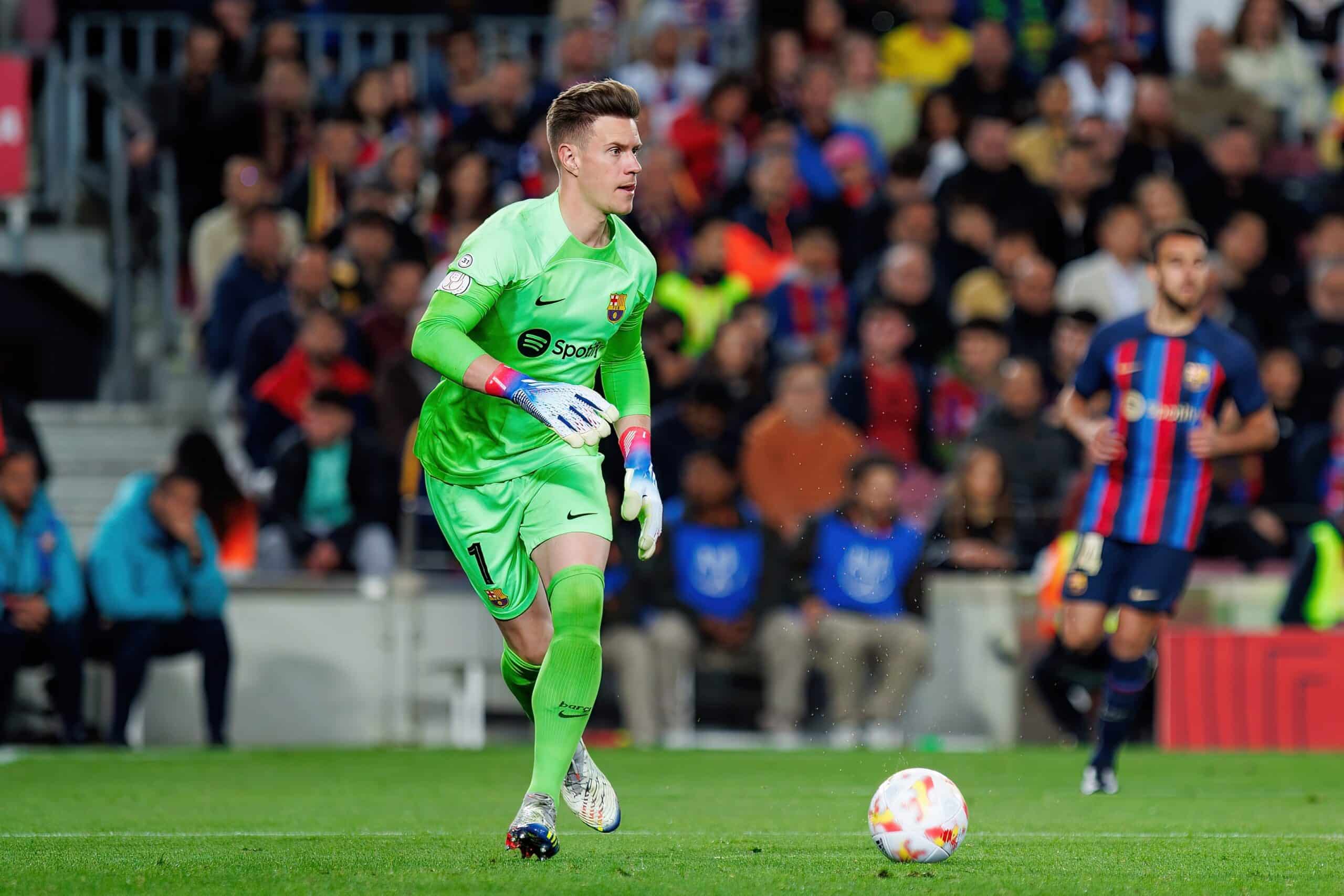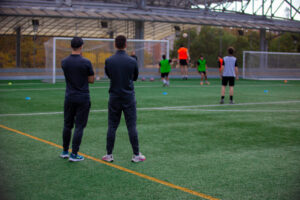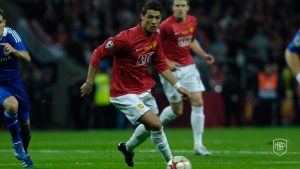The role of the goalkeeper in today’s football has taken on an unprecedented importance. In a constantly evolving game, the goalkeeper is increasingly involved in all phases of the game, both in attack and defence, and his tactical role varies according to a number of factors.
The profile of the goalkeeper in today’s football is strongly influenced by the game model of the team itself and the style of play of the competition in which it participates in. This determines the tactical roles they play and the frequency with which they are involved during a match.
The playing style proposed by their team has a direct impact on their performance, both offensively and defensively.
For example, if your team takes the initiative in the play and adopts a combinative, high-pressing style, the goalkeeper is likely to be involved more frequently during the attacking phase, but less frequently during the defensive phases of the match.
On the other hand, if the team opts for counterattacking or direct play, defending more conservatively close to their own goal, the goalkeeper is likely to be involved in a greater number of interventions because the ball will be closer to their area of play.
In addition, the game model defines the most common types of interventions that the goalkeeper makes, which implies adapting the training content to strengthen the aspects relevant to the team’s play. However, it is also important to develop less common skills due to the diversity and richness of the game.
At the high-performance level, it is crucial that the goalkeeper is prepared to face new models or styles of play imposed by coaches with innovative ideas. Each style of play requires specific skills from the goalkeeper, such as footwork or control of free space behind the defence.
In addition, two fundamental factors must be considered when analysing goalkeeping performance – quality of coordination and acquired tactics. These aspects allow the goalkeeper to participate in a greater number of actions in both the attacking and defensive phases. If the goalkeeper demonstrates expertise in these areas, he or she will assume greater responsibility for the team’s play.
Another factor that will condition the profile of the goalkeeper will be the level of play of the opposition and the league. Depending on these two aspects, the specific actions they will have to perform will be different.
For example, if the team competes in a competition such as the Premier League, it will be essential for the goalkeeper to dominate aerial play, as a large part of the opponent’s attacks are through direct play and wide crosses.
Therefore, the goalkeeper must adapt and develop the necessary skills to be successful.
In summary, the goalkeeper’s profile is strongly influenced by the team’s and the opponent’s style, as well as by other factors such as the quality of the defensive line, the attacking ability of the opposition and the level of competition. These elements determine the goalkeeper’s tactical roles and frequency of intervention and must be taken into account when designing training content and developing the necessary fundamentals.






